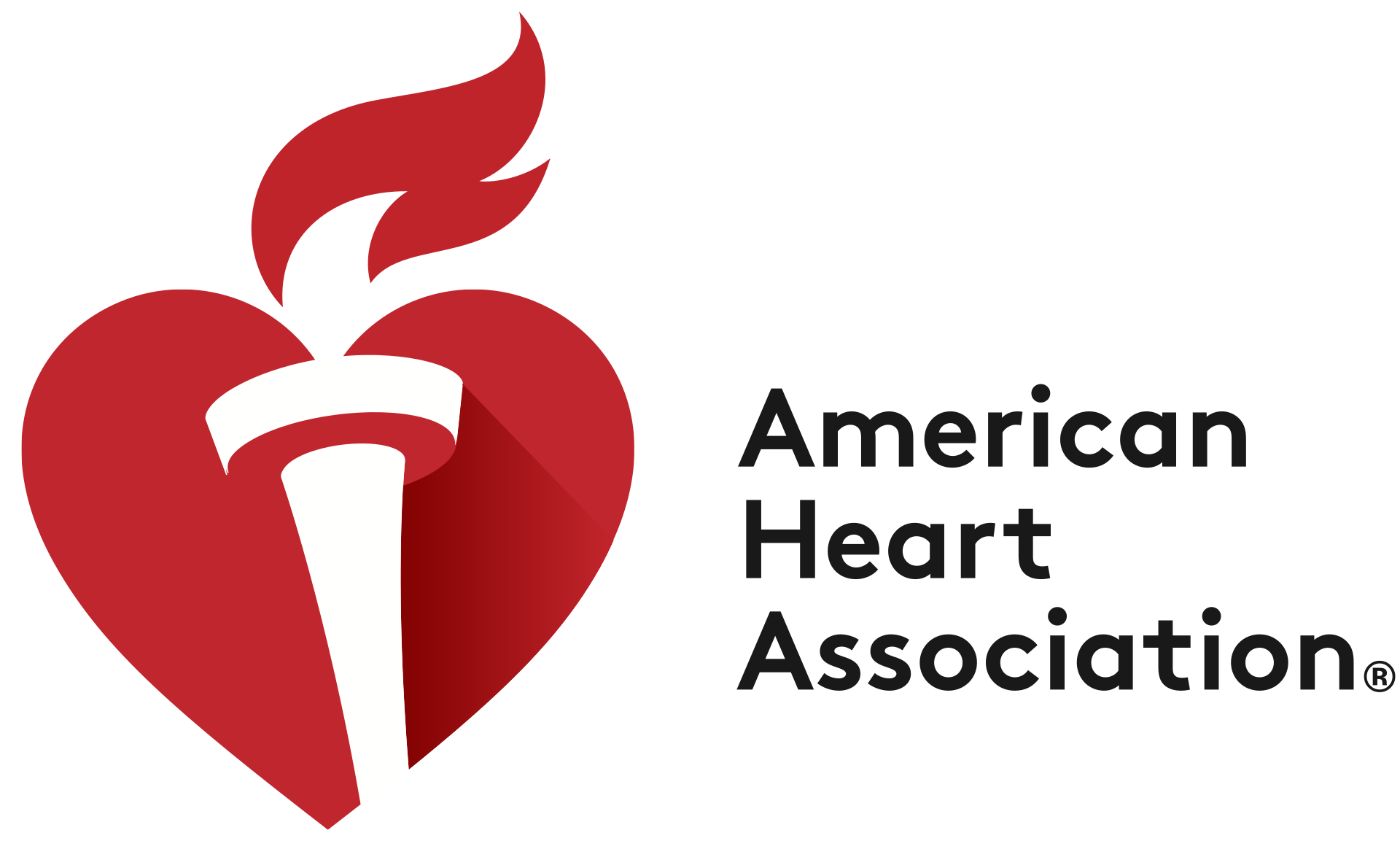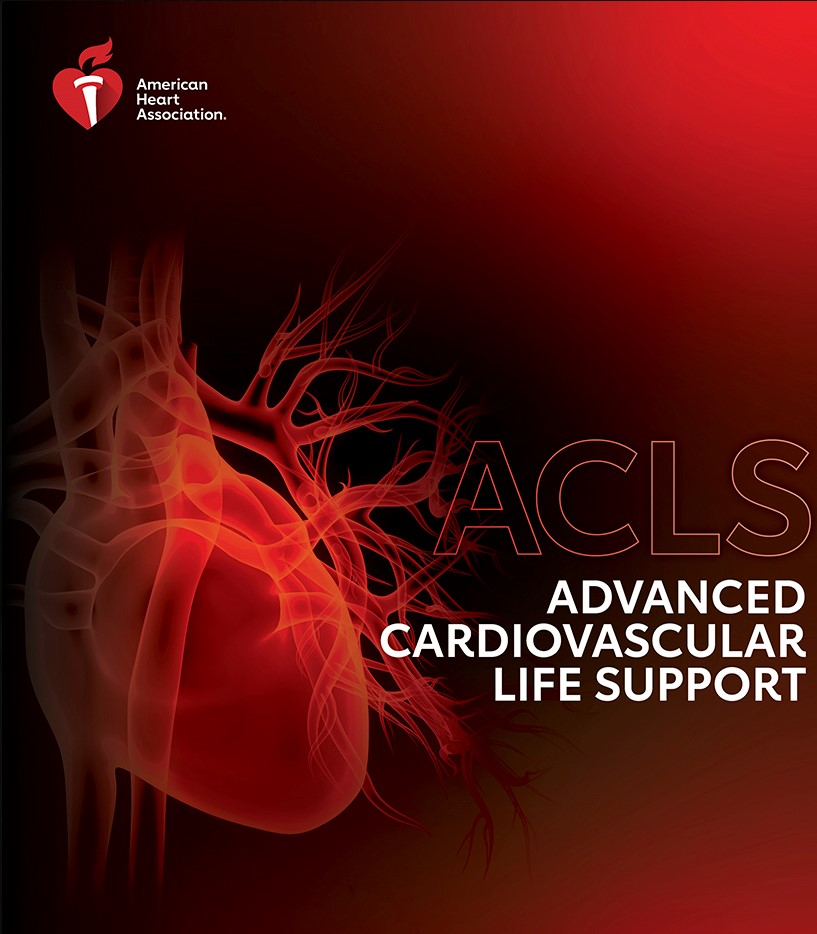Course Learning Objectives
After successfully completing the ACLS Course, students should be able to
• Define systems of care
• Apply the BLS, Primary, and Secondary Assessments sequence for a systematic evaluation of adult
patients
• Discuss how the use of a rapid response team (RRT) or medical emergency team (MET) may improve
patient outcomes
• Discuss early recognition and management of ACS, including appropriate disposition
• Discuss early recognition and management of stroke, including appropriate disposition
• Recognize bradycardias and tachycardias that may result in cardiac arrest or complicate resuscitation outcome
• Perform early management of bradycardias and tachycardias that may result in cardiac arrest or complicate resuscitation outcome
• Model effective communication as a member or leader of a high-performance team
• Recognize the impact of team dynamics on overall team performance
• Recognize respiratory arrest
• Perform early management of respiratory arrest
• Recognize cardiac arrest
• Perform prompt, high-quality BLS including prioritizing early chest compressions and integrating
early automated external defibrillator (AED) use
• Perform early management of cardiac arrest until termination of resuscitation or transfer of care,
including immediate post–cardiac arrest care
• Evaluate resuscitative efforts during a cardiac arrest through continuous assessment of CPR quality,
monitoring the patient’s physiologic response, and delivering real-time feedback to the team
Course Intended Audience
Designed for healthcare professionals who direct or manage cardiopulmonary arrest or other cardiovascular emergencies; personnel in emergency response, emergency medicine, intensive care, and critical care units; physicians, nurses, and paramedics; and others who need an ACLS course completion card for job or other requirements.

